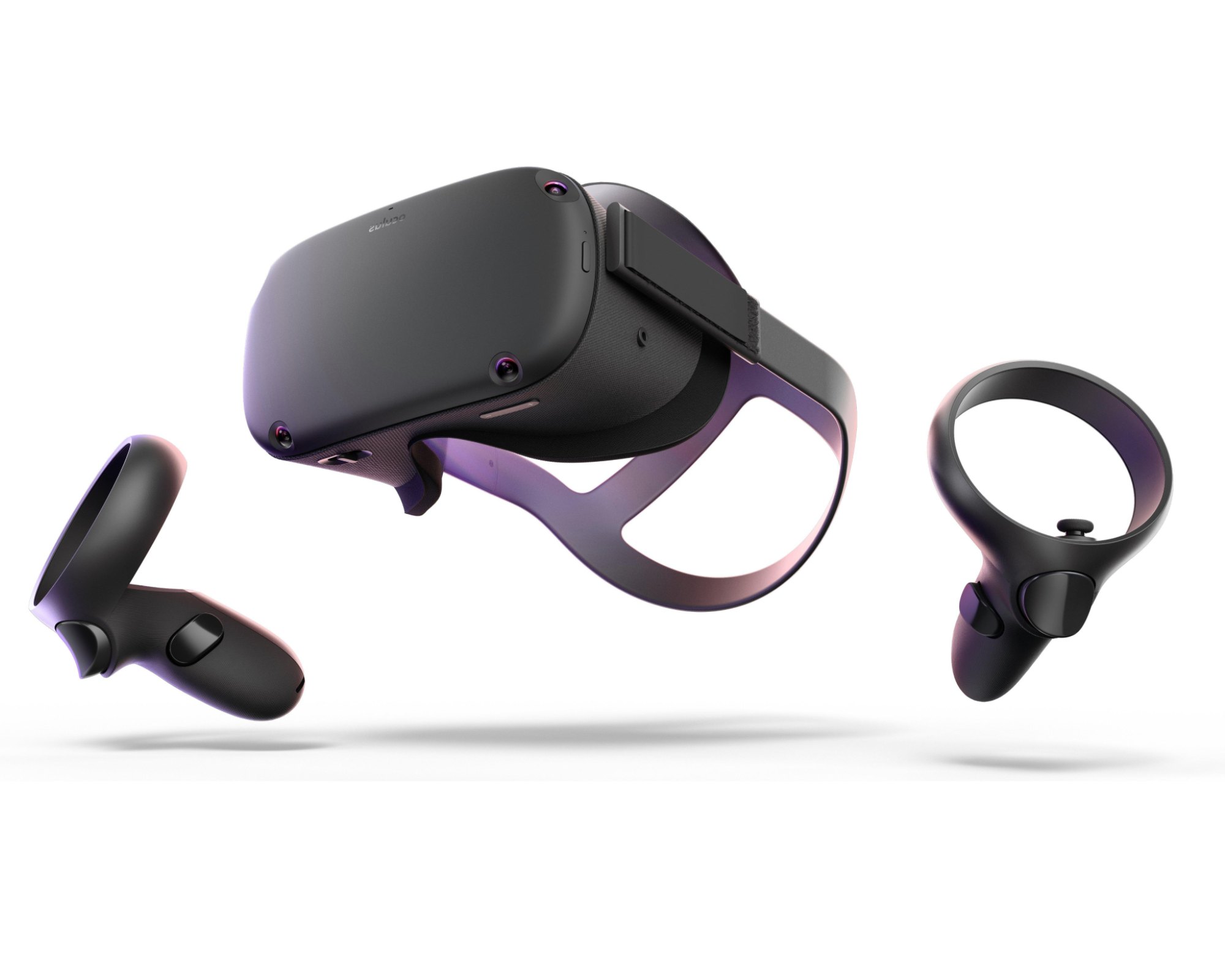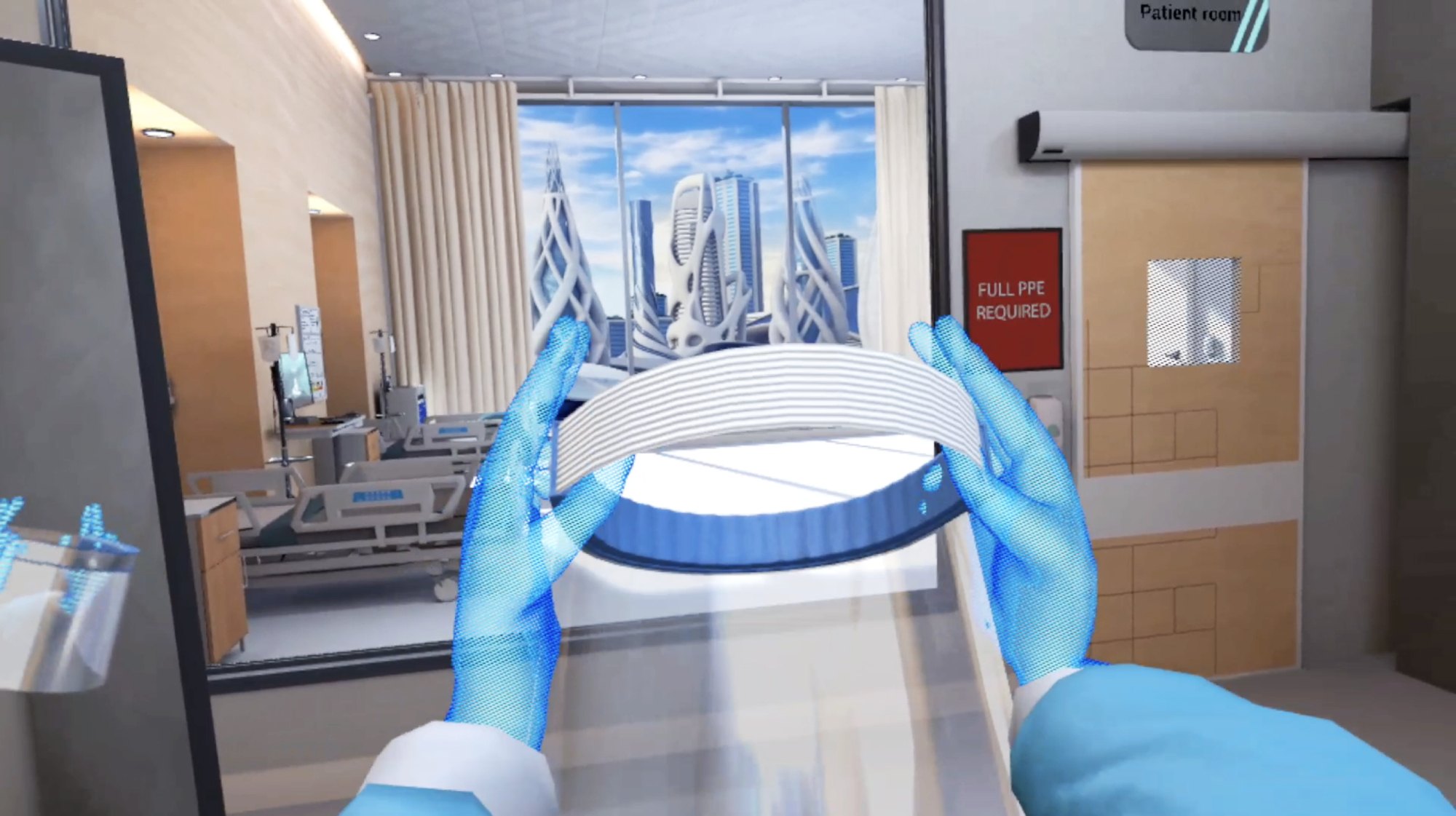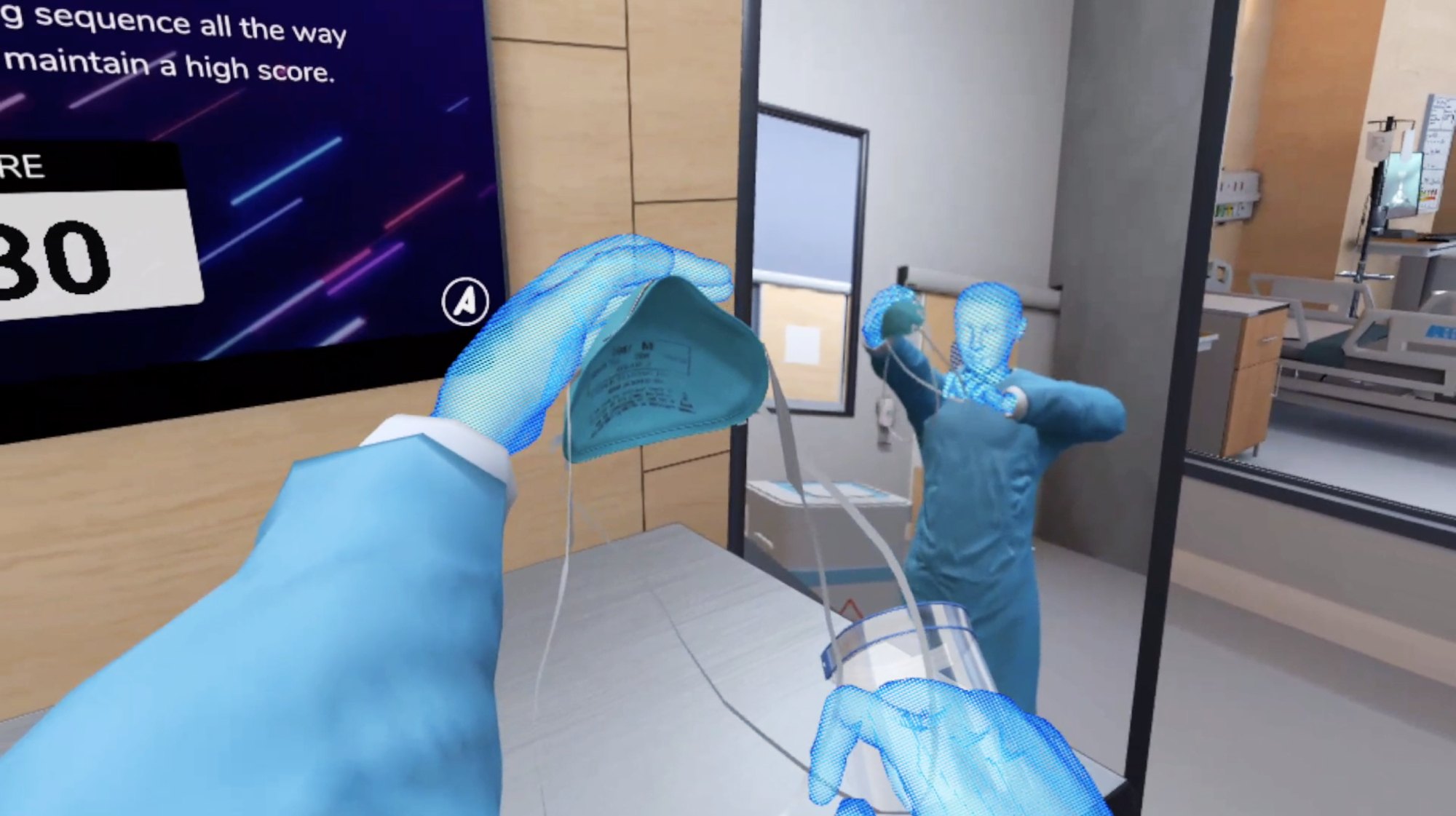Thousands of healthcare workers (HCWs) worldwide are currently at battle with the COVID-19 virus. During this time, proper procedure is of the utmost importance to avoid transmission. Given the new accessibility of emerging technologies like virtual reality, we should be using these tools to optimize the training process. VR training can keep people safer while also conserving precious masks, gowns and other key resources. VR enables people to learn asynchronously in a safe environment through experiential simulations, which simultaneously opens up the time of healthcare professionals to work with patients rather than training others.
The overall incorrect doffing percentage of observed HCWs was 90%, based on the doffing sequence, doffing technique, and use of correct PPE. The percentage of observations in which HCWs did not remove their PPE in the correct sequence was 52%, while 40% of observations involved HCWs not wearing all the required PPE.” (View Study)
Improper doffing is one of the leading causes of HCWs getting infected. By using virtual reality training we can help people practice each step until they truly know the process. One small mistake could ultimately mean life or death for someone who catches the virus. Fortunately, we’re seeing simulations step in to help.
Yale University School of Medicine has also shown that “Students trained via VR performed 29% faster and made 6x fewer errors than those trained via conventional methods.” (ref)
 At Axon Park, we’ve taken this to heart and developed a VR training experience to help HCWs prepare for the coronavirus. Our primary module focuses on PPE Donning and Doffing, and we have additional modules in development. To learn more about the COVID-19 VR training experience, please visit this page.
At Axon Park, we’ve taken this to heart and developed a VR training experience to help HCWs prepare for the coronavirus. Our primary module focuses on PPE Donning and Doffing, and we have additional modules in development. To learn more about the COVID-19 VR training experience, please visit this page.
We utilize Rapid Cycle Deliberate Practice (RCDP) during the final exam to ensure that students are truly knowledgable of the procedure. During the training mode, learners practice the sequence and either gain or lose points depending on whether they perform the procedure correctly. The module also features a tutorial mode that teaches the learner the correct process for Donning & Doffing while getting them comfortable within the VR environment. We are excited to be working with hospitals and universities to bring this training to the frontline healthcare workers who need it most.

All learner performance is collected and visualized in our admin dashboard to give administrators the ability to see who has successfully completed each mode and how well they performed. We can then take data collected from the learning sessions and analyze it using Intuition, our predictive analytics framework to help identify where users are most likely to make mistakes in the future. We believe this embodied learning system is the way of the future for medical training and have been gathering anecdotal evidence from doctors and infection control professionals that this program is more effective than traditional methods like just in time training, videos or lectures. The training has been vetted and approved by the Director of Infectious Disease and the Director of Infection Control at leading hospitals in NYC and we are working to conduct a formal study to further quantify efficacy.

We are excited by the response to this training and hope to help as many organizations and healthcare professionals as possible. If you are interested in using this training, we invite you to reach out to us at [email protected] to learn more. We look forward to connecting with you virtually.



